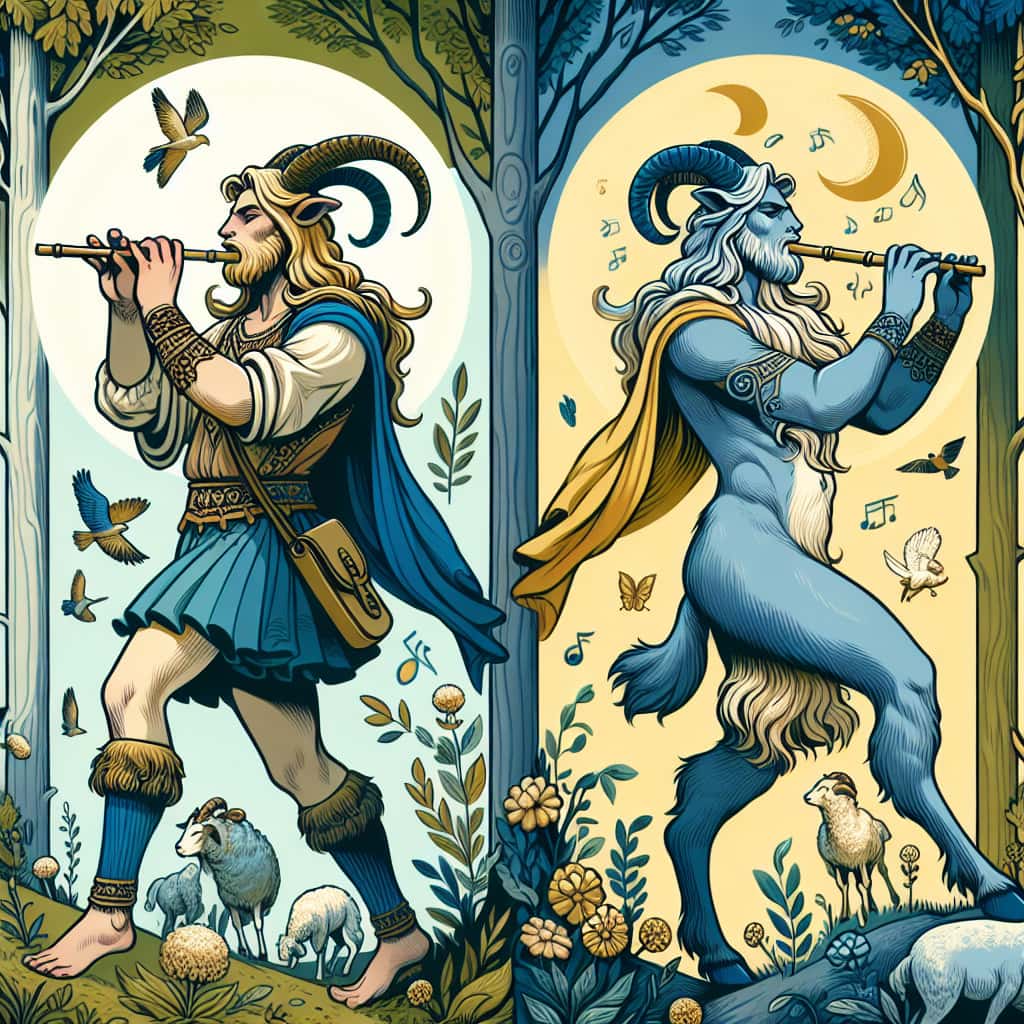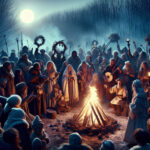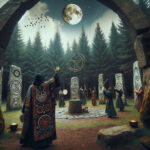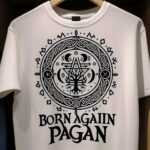The figure of the Pagan God Pan has long been a source of fascination and mystery for many. He is a complex deity, often depicted as a wild and untamed creature with a fondness for music, partying, and pranks. In this article, we will explore the origins and history of Pan, as well as his many roles in mythology and religion. We will also discuss the relevance of Pan in modern culture and the role he still plays in many people’s lives today.
Pan is one of the most recognizable gods in the Ancient Greek pantheon, and is often associated with nature, wilderness, and the wild. He is best known for his mischievous behavior and for being the god of the wild.
Origins of Pan
Pan was believed to be the son of Hermes, the messenger god, and the nymph Dryope. He was born in Arcadia, a region of Greece known for its forests and rugged terrain, and his name is derived from the Greek word for “all”. This is fitting, as Pan was believed to be the god of all living creatures, both wild and tame.
Attributes of Pan
Pan was usually depicted as a man with the horns and legs of a goat, and was often accompanied by a variety of forest animals, such as deer and goats. He was a nature god, and was believed to be able to control the weather and the elements. He was also believed to have the power to create panic and fear in his enemies, and to lead people astray in the wilderness.
Pan in Mythology
Pan was featured in many myths and stories, and was often depicted as a mischievous and playful character. He was said to have flirted with the nymphs, and to have played pranks on mortals and gods alike. He was also known to be quite competitive, and was often seen taking part in musical competitions with the other gods.
One of his most famous stories is that of his pursuit of the nymph Syrinx. In this story, Pan fell in love with Syrinx and chased her through the woods. When she could not escape him, she begged the gods to help her. They turned her into a reed, and when Pan realized what had happened, he cut the reeds and fashioned them into a musical instrument which he named the syrinx, or Pan’s flute.
Pan in Ancient Cultures
Pan was a popular god in many ancient cultures, and his cult was especially popular in Arcadia. He was believed to protect shepherds and their flocks, and was often invoked for help in times of trouble. He was also linked to fertility and nature, and was often invoked for good luck in hunting and fishing.
Pan in Modern Culture
Although Pan is no longer worshipped as a god, his influence can still be seen in modern culture. He is often featured in literature, film and television, and his mischievous nature makes him a popular figure in children’s stories. He is also often used as a symbol of the wild and of nature, and is often featured in artwork, music, and fashion.
In conclusion, the pagan god Pan is an important figure in ancient Greek mythology and is often associated with fertility, music, and nature. He is a complex figure, whose presence can be found in many aspects of today’s culture. Pan is a symbol of the wild, untamed aspects of nature, and a reminder of the importance of living in harmony with the natural world. His influence is still felt today, and it is important to remember and appreciate the power of Pan and his place in our culture.





